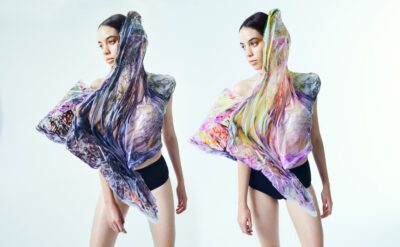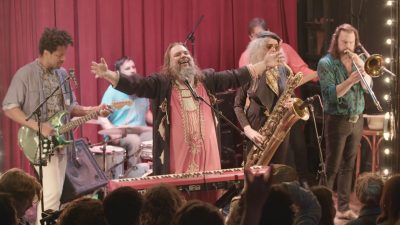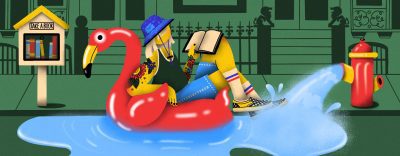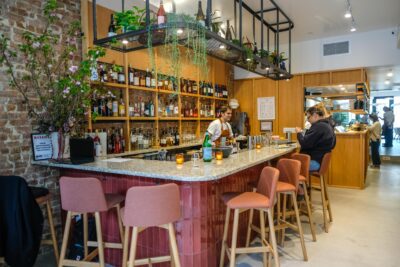All photos by Clay Williams
A love letter to Sunset Park
Photographer Clay Williams spent the past 18 months shooting Sunset Park on film out of a love and fascination for his adoptive home
Photographer and Bed-Stuy native Clay Williams (New York Times, Bloomberg, James Beard Foundation) has lived in Sunset Park for eight years. Over the past year, especially, he’s been documenting his adoptive neighborhood — and its namesake park.
It was a year that started with tragedy for the Sunset Park community: In April, a man opened fire on a crowded N train as it pulled into the 36th Street subway station in the heart of the neighborhood. Twenty-nine people were injured.
“It’s funny, New York being New York, you almost forget that shit, which is crazy because it was fucking frightening. And my wife could have been on that train,” says Williams, who is also the cofounder of Black Food Folks. “But it’s the New York thing where you sort of compartmentalize, and it’s like, ‘Okay, that’s just another terrible fucking thing to happen.’”
Williams took the following photos of non-terrible moments in Sunset Park over the past year as a sort of love letter to his “new” corner of Brooklyn. He spoke with Brooklyn Magazine editor Brian Braiker about the images. The following is Williams in his own words, edited for concision and flow.
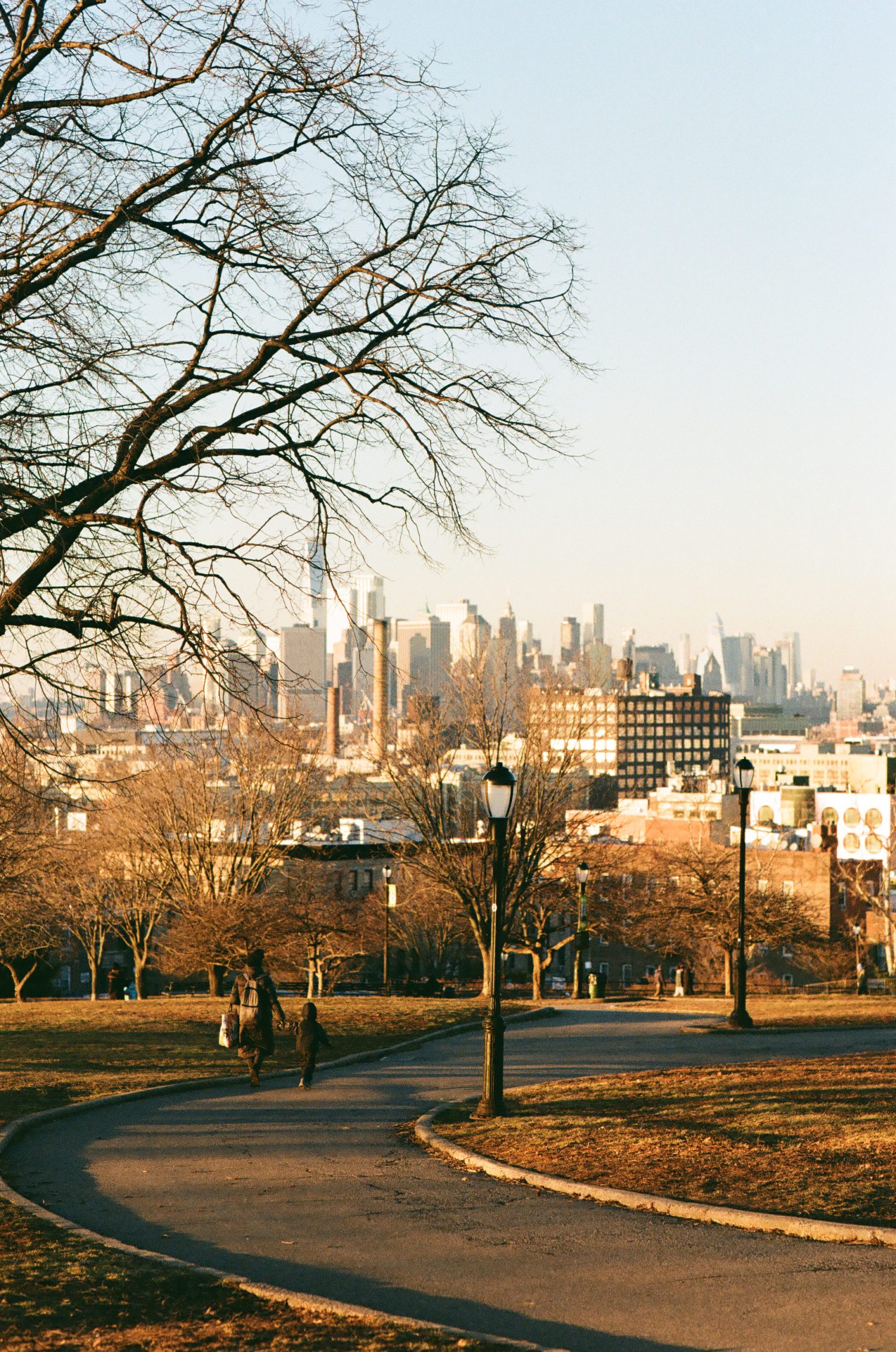
Clay Williams
I still feel like I’m new to Sunset even though I’ve been there for eight years. I was born and raised in New York. I lived in Bed-Stuy for nearly 30 years. The thing about native New Yorkers is that it doesn’t matter how long you live in a new neighborhood — it’s still your new neighborhood. I try to come in with respect for the people whose culture it is that the neighborhood is about. Growing up in Bed-Stuy in the ’80s and ’90s, the parks weren’t really the places people went. In Bed-Stuy, neighbors spent more time on their stoop or on the corner to gather, or in our backyards with friends and family.
When I came to Sunset Park and saw how well-used the park itself was, I was fascinated. It’s a place where people all come and they do things. The Chinese community uses it for everything: It’s the morning exercises; it’s dancing; it’s playing Mahjong or other games. There’s always music. The Latin community — and it’s multiple Latin communities that are there — use it for everything from soccer to Zumba to selling food and goods, and political activism.
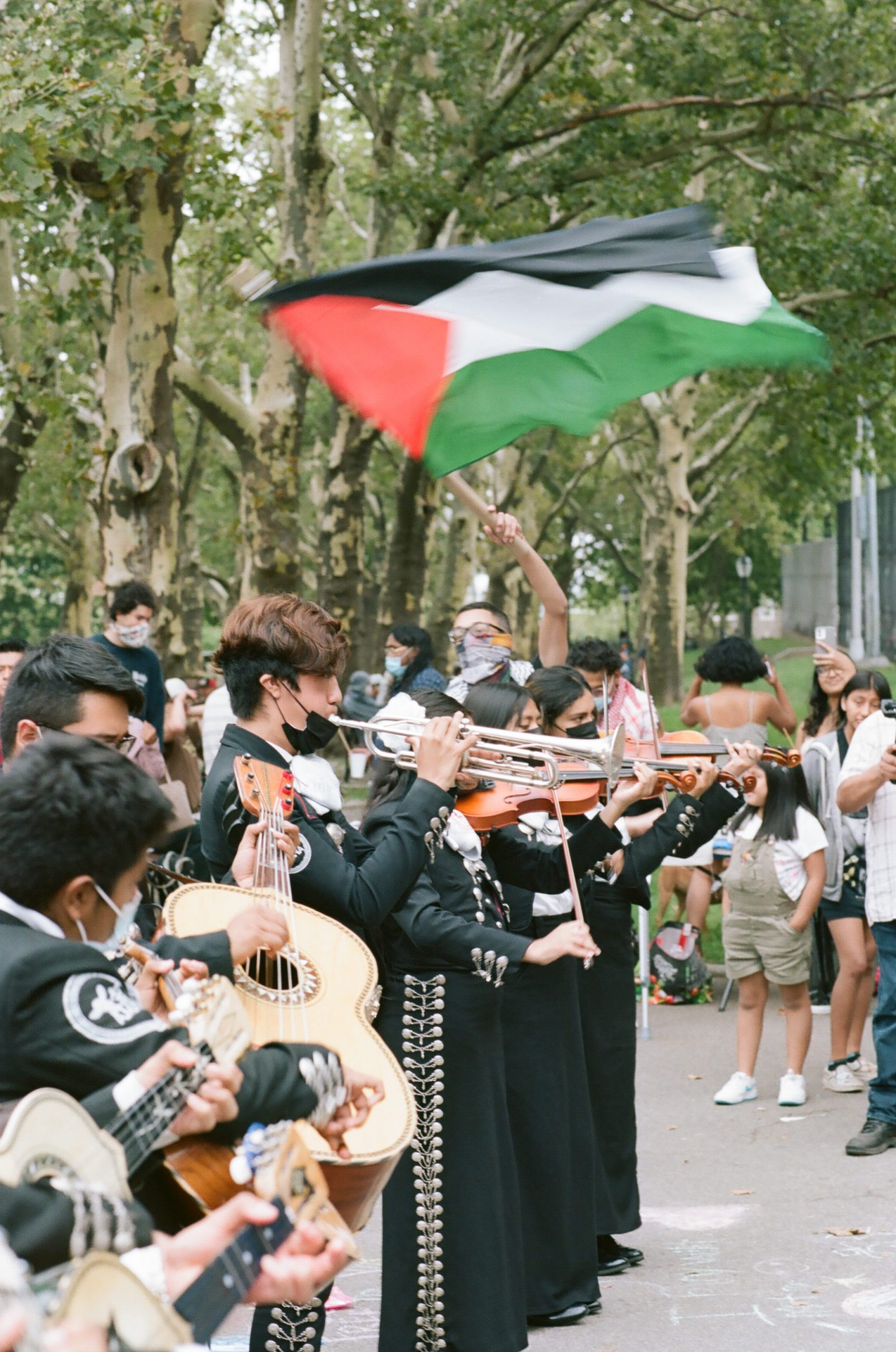

Clay Williams
There’s a market that started a year or so ago, Plaza Tonatiuh, that is open every Sunday for about half the year, from March through October. And they’re run by this activist group that is very much about bringing out the Mexican community, about the people in the neighborhood coming out and engaging with each other and selling things. It’s not a secret — they’re on the internet — but it’s not Smorgasburg; it’s not for tourists. There’s some great food — I’m a sucker for carnitas — but it’s also arts and sports memorabilia, and other things from home. It’s about community empowerment.
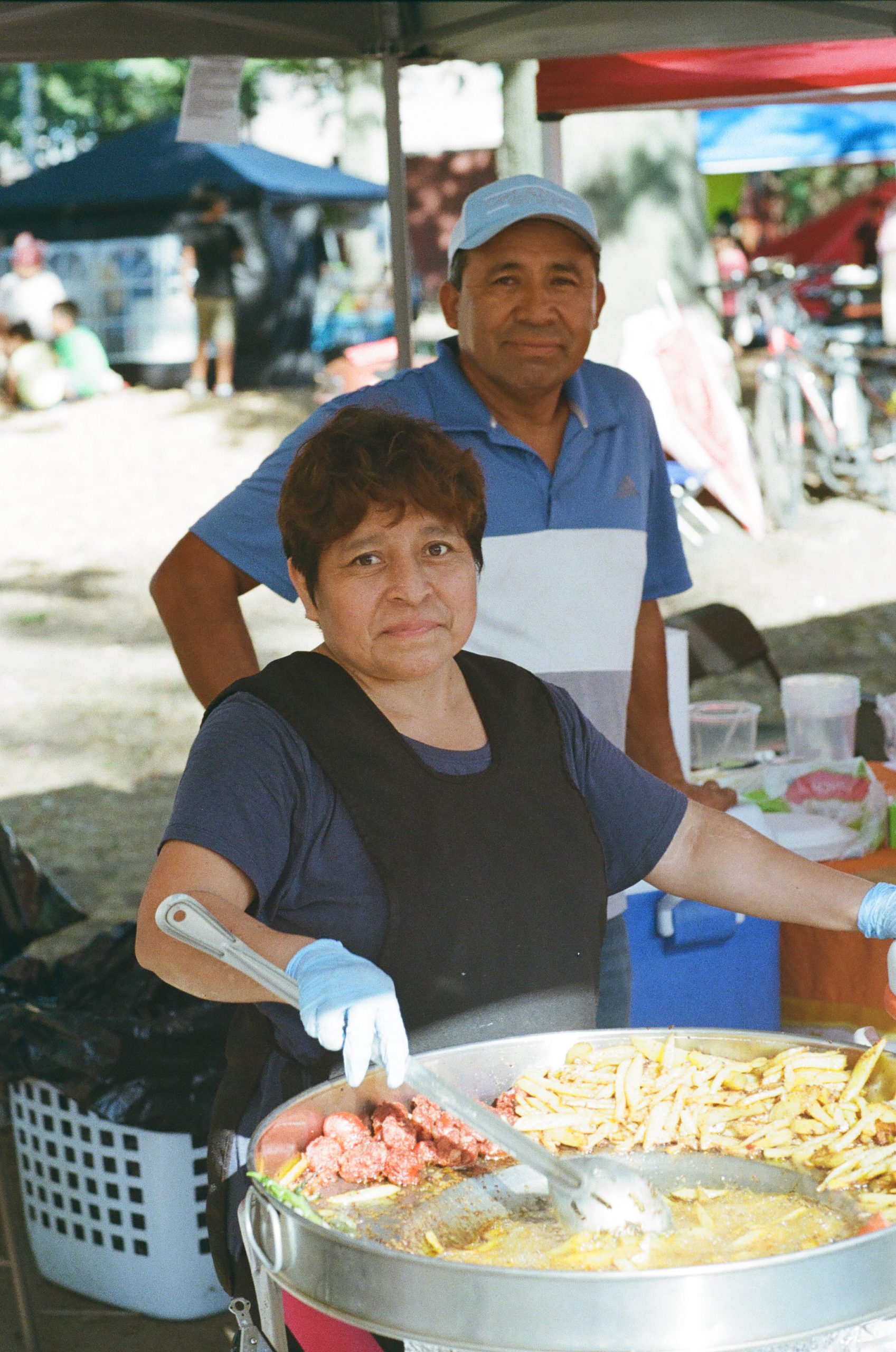

Clay Williams
When lockdown happened, being stuck inside for all that time meant that when I did go outside, I wanted to appreciate it again. I started taking my camera with me to capture scenes from the neighborhood, and to go spend more time in the park and to see the neighbors, and see what people are doing, and really engage a little bit more visually with the world around me.
I started shooting film again for these neighborhood photos, in part to make it feel different from my regular work — I don’t spend hours post-processing them; it’s just what I see. I’m catching moments.
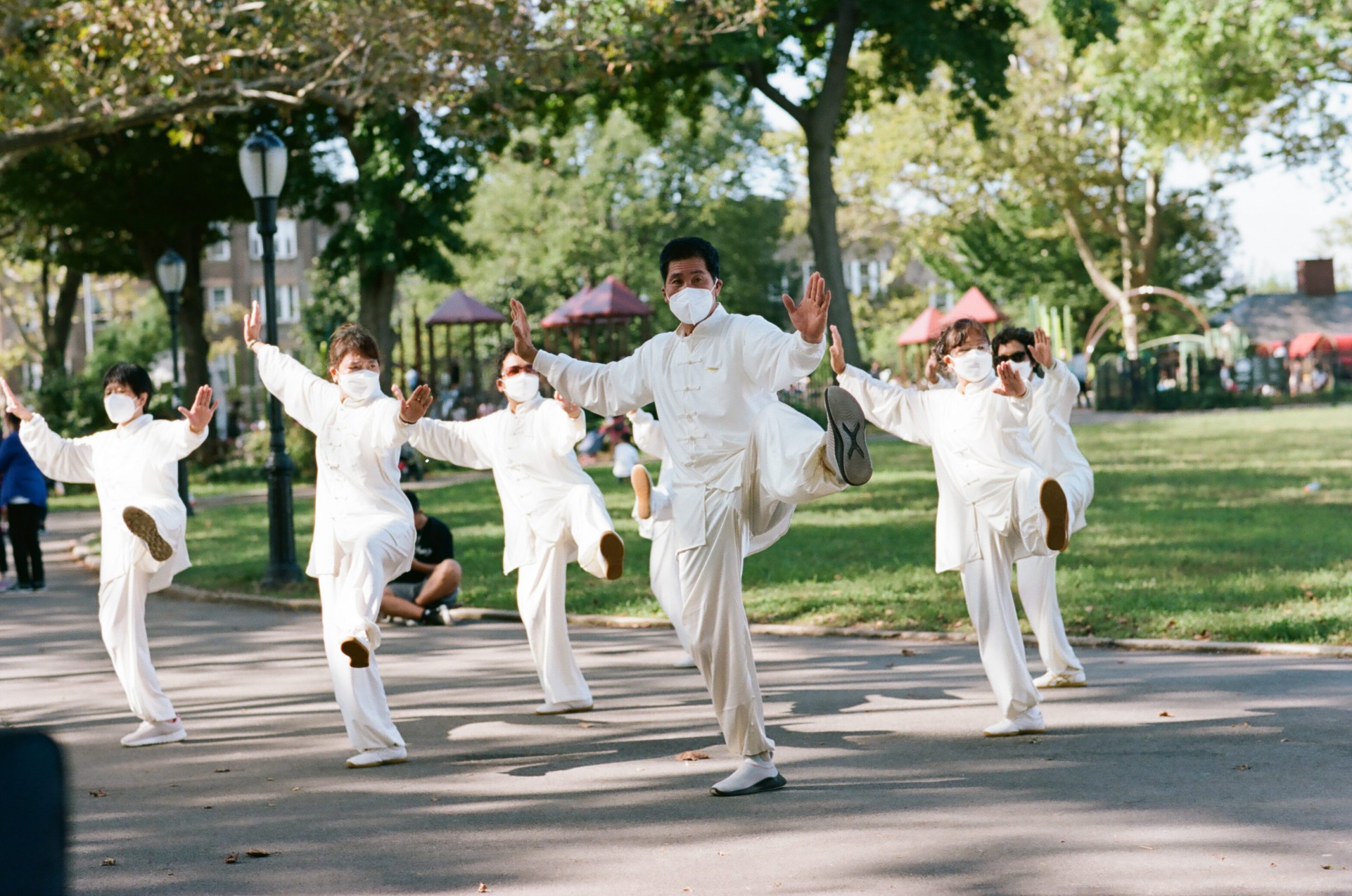

Clay Williams
In the park, people are doing their own thing, but I don’t think it’s super insular. It’s really funny, the ladies who are doing their dancing — or their exercises, Zumba, whatever the moves are — you’ll see pretty big crowds, 20, maybe 50 people. And then a couple feet away, you’ll see somebody else who’s not part of it, just mimicking the moves, trying it out. It’s open to everyone, really. You wouldn’t see that in Prospect Park. Someone would be asking you to Venmo to join in.
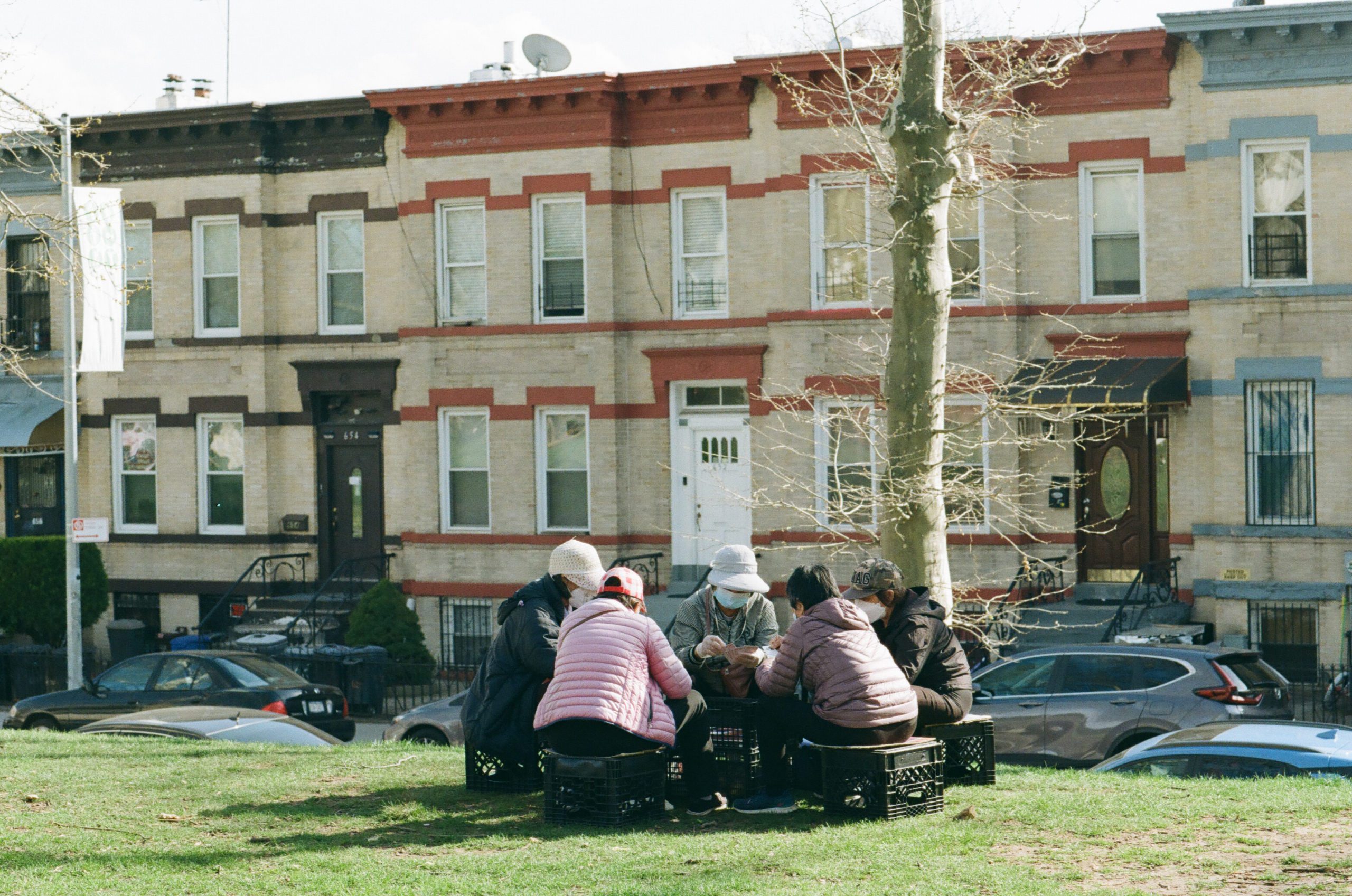

Clay Williams
Even at the chess boards, there will be three or four different cultures or countries represented. Games and whatever. And they’re all in the same space. And most of those people huddled around a table are not playing, so it could just be anybody. You’re like, “Oh, I wonder what’s happening here.” I’ve not seen chess on any of those chess boards. That’s the one thing, the one constant.
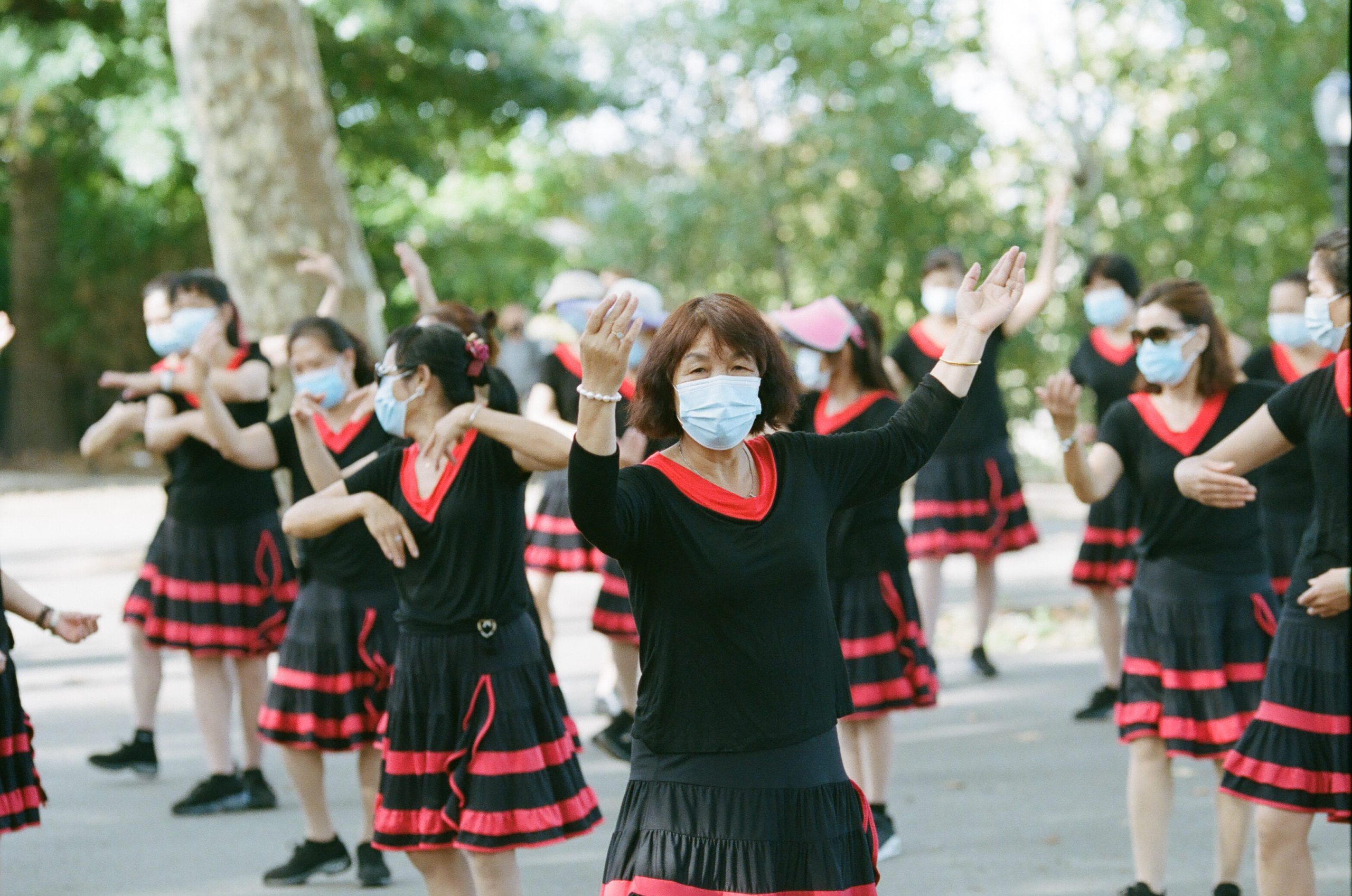

Clay Williams
The traffic tends to die down in the winter. You’ll get some sledding down the hill after a good snow, but most of the neighbors hunker down inside for the cold months, passing through, but not stopping and engaging as much. Then spring comes around and the cherry blossoms appear and the cycle starts all over again.
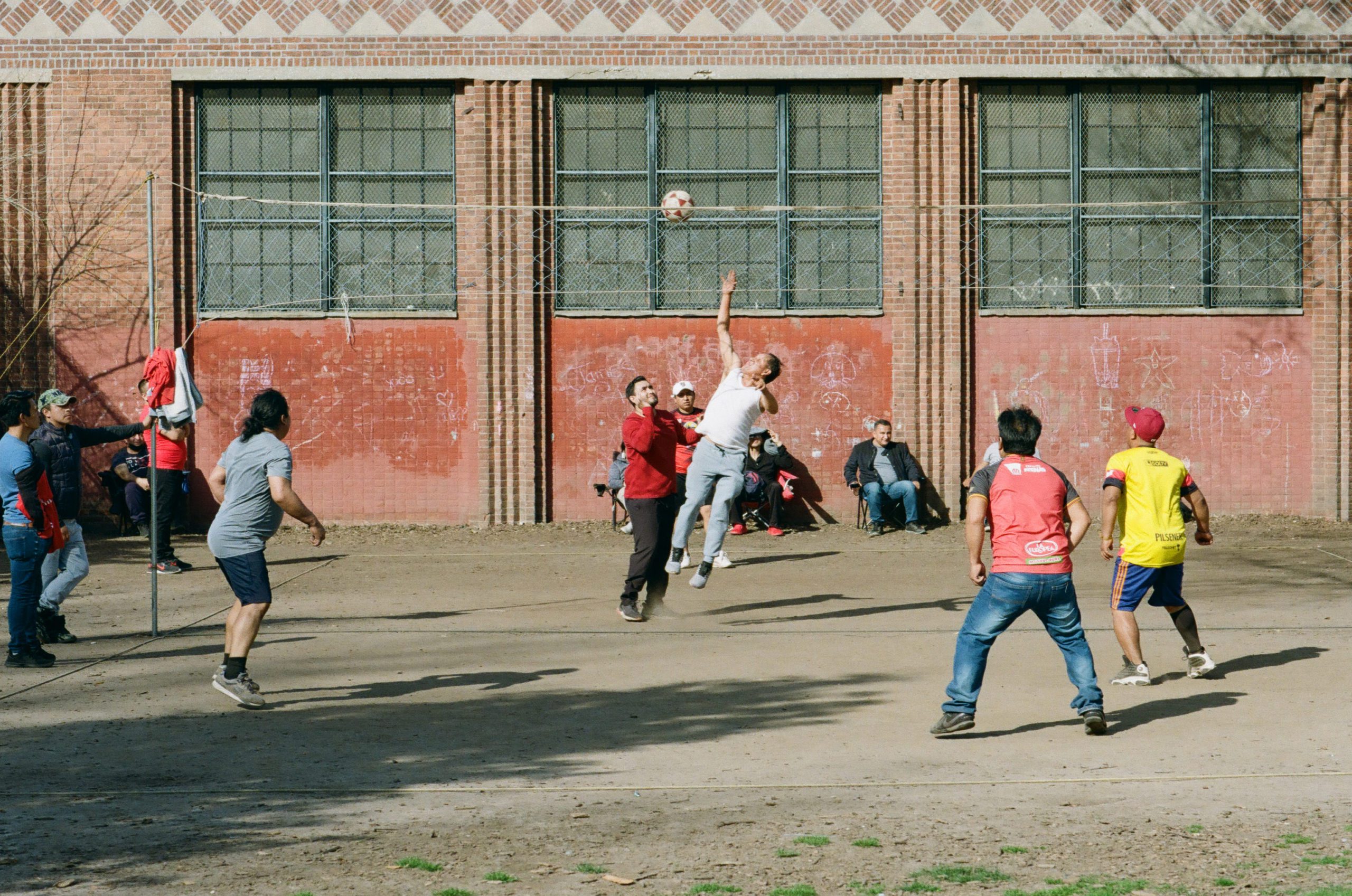

Clay Williams
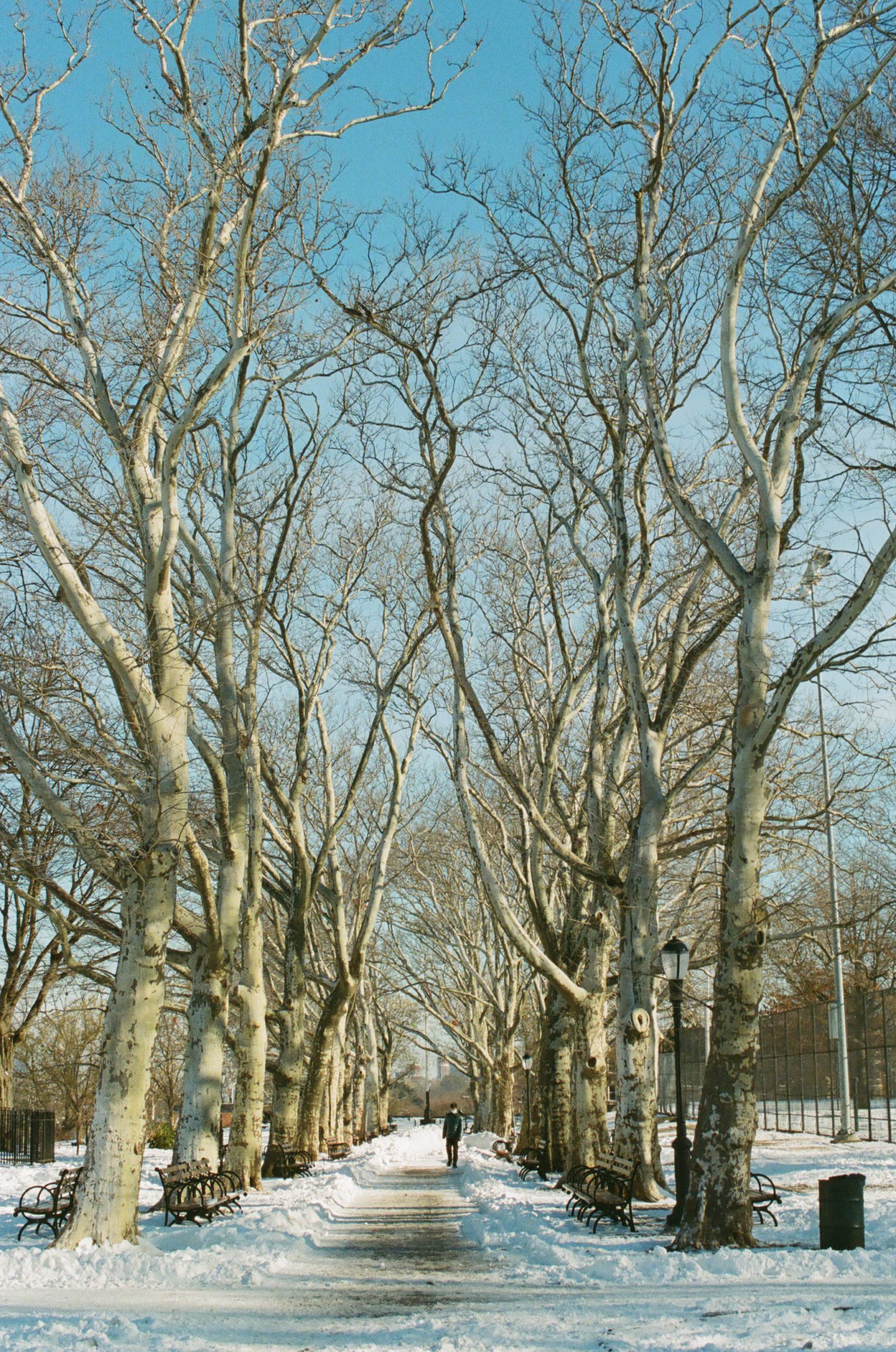

Clay Williams
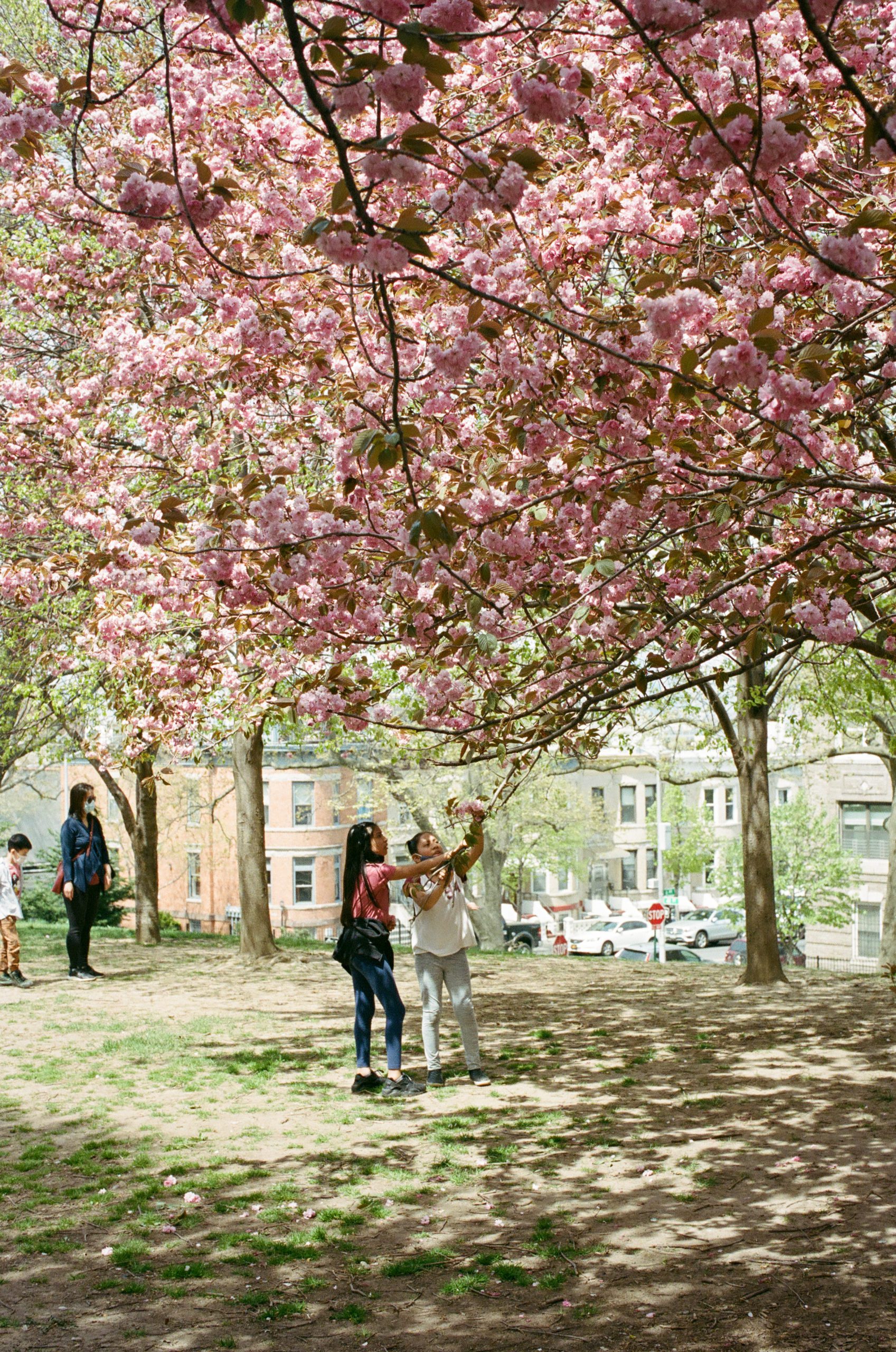

Clay Williams
You might also like 

















